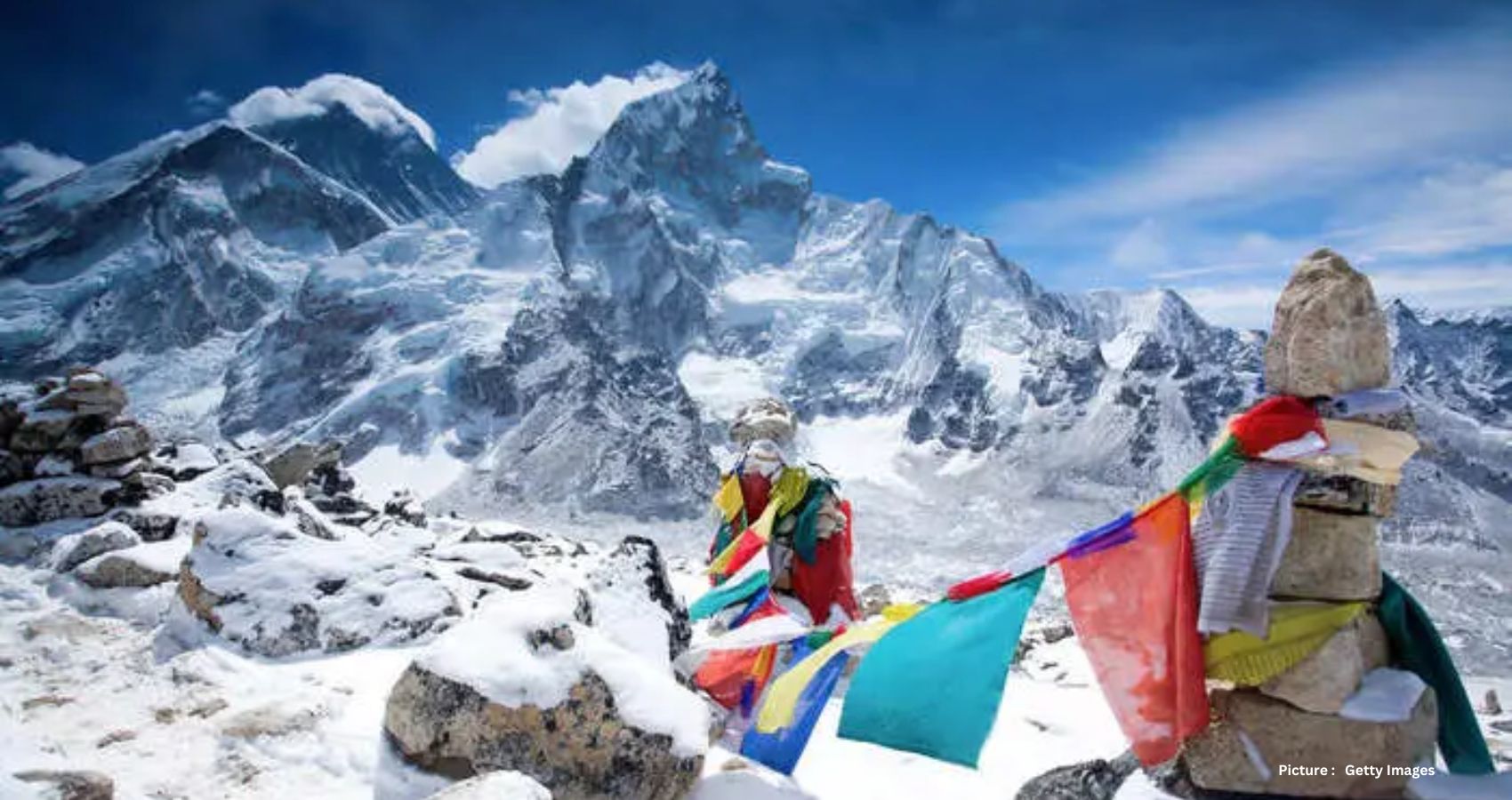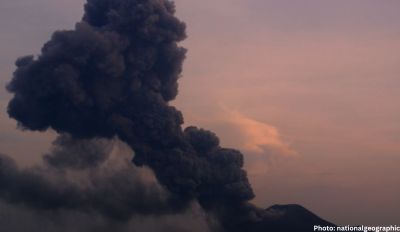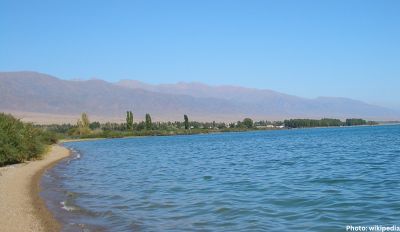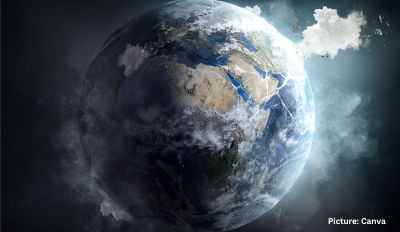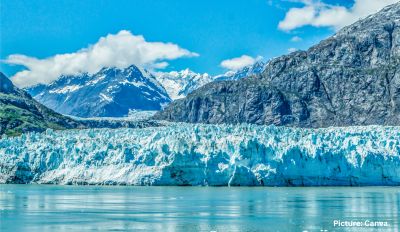Research recently published in the peer-reviewed journal Nature Geoscience reveals a surprising trend amidst the escalating global temperatures due to climate change: glaciers surrounding the world’s tallest mountains are experiencing a slight cooling during the warm season. The study, conducted at the Pyramid International Observatory, situated about 3.1 miles above sea level on the southern face of Mount Everest in the Khumbu Valley, presents intriguing insights into high-elevation climate dynamics.
For nearly four decades, the observatory has diligently collected data on various meteorological parameters, including air temperature, precipitation, humidity, and wind speed. The analysis of this extensive dataset uncovered a peculiar pattern: a decline in maximum daytime temperatures during the warmer months from May to October, amounting to approximately 0.040°C per year over the past 15 years.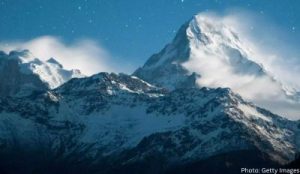
Upon scrutinizing the data further, scientists corroborated this cooling trend with observations from neighboring weather stations across the southernmost regions of the Tibetan plateau. Surprisingly, the phenomenon wasn’t confined to Mount Everest; it spanned across the entire Himalayan range. This revelation contradicts prior assumptions, as a recent report indicated accelerated melting of Himalayan glaciers between 2010 and 2019, implying an overall warming trend in line with global climate trends.
Experts attribute this unexpected cooling to katabatic winds, a well-understood meteorological phenomenon. As sunlight warms the glaciers during the day, the air near the surface heats up and ascends, creating a vacuum that draws cold air downwards from the surrounding peaks. This process generates local katabatic winds, which peak in the afternoon, often exceeding speeds of 100 mph. With rising global temperatures amplifying this effect, the intensified katabatic winds contribute to the observed cooling trend by facilitating the descent of colder air.
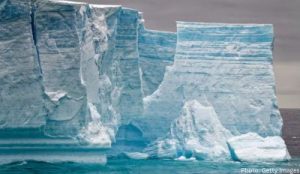
Interestingly, researchers speculate that these chilly winds might have mitigated glacier melt to some extent, counteracting potentially more severe outcomes. However, the study highlights a caveat: while daytime temperatures exhibit a cooling trend, nighttime temperatures during colder months (November to April) are on the rise. This nuanced interplay results in a deceptive impression of temperature trends, ultimately underscoring the inevitability of glacier melt amidst climate change.
The intricate relationship between glaciers and local climate dynamics underscores the critical role of ice in modulating temperature variations. Glacier ice acts as a thermal buffer, absorbing heat during the day and releasing it at night, thereby tempering temperature extremes in the vicinity. Consequently, temperature readings farther away from the glacier provide a more accurate reflection of daily temperature fluctuations, which significantly influence glacial melting processes.
Franco Salerno, the lead author of the study and an environmental scientist at the National Research Council, Institute of Polar Sciences, Milan, expresses relief at finally unraveling this complex phenomenon after nearly a decade of observation. He anticipates that the findings will pave the way for further research into local weather dynamics, shedding light on the intricate mechanisms shaping mountain climates.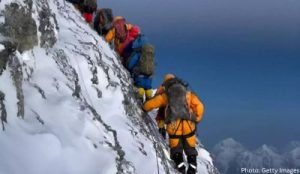
Beyond its scientific implications, the study underscores the profound impact of glaciers on local mountain environments, particularly for climbers. The intensification of katabatic winds poses heightened risks for mountaineers, necessitating careful route assessment and navigation. Gordon Janow, director of the mountain climbing guide service Alpine Ascents, laments the increasing technical challenges and extended durations required for summit attempts, attributing these changes to the evolving mountain environment.
Moreover, the melting of glaciers, driven by these local weather phenomena, poses challenges not only in the Himalayas but also in mountains worldwide. Mount Rainier, a renowned training ground for mountaineers, exemplifies this trend, with changing terrain and increased hazards complicating ascent routes. Janow emphasizes the need for a nuanced understanding of contemporary mountain environments, cautioning against presumptions based on past experiences.
In essence, the research illuminates the complex interplay between climate change, local weather dynamics, and glacial responses, underscoring the need for comprehensive strategies to mitigate the impacts on mountain ecosystems and mountaineering activities alike.

